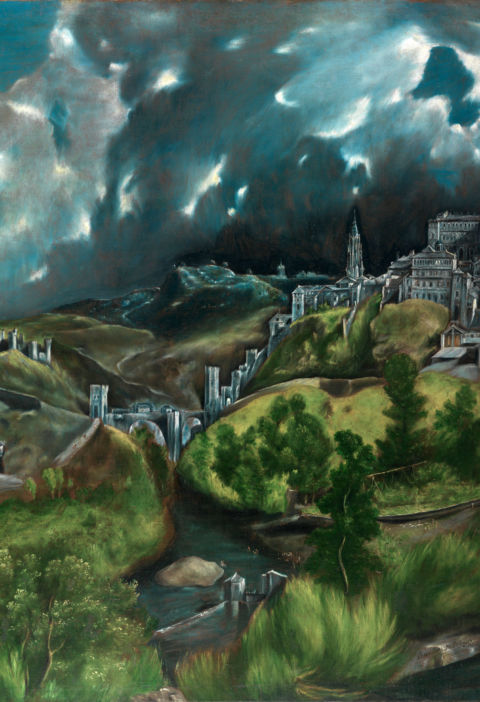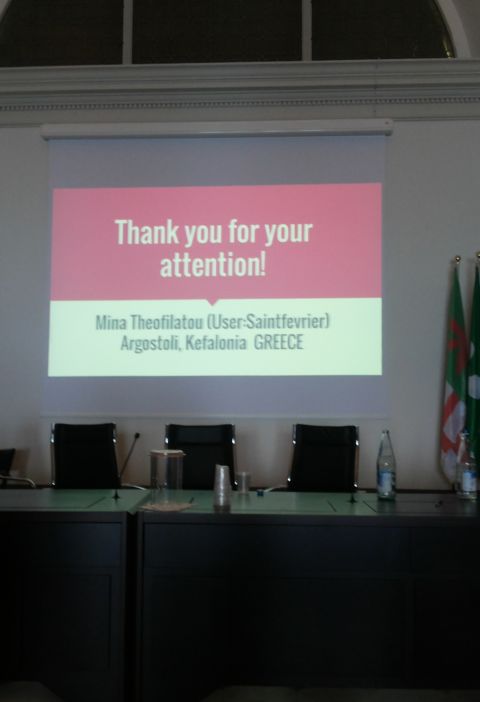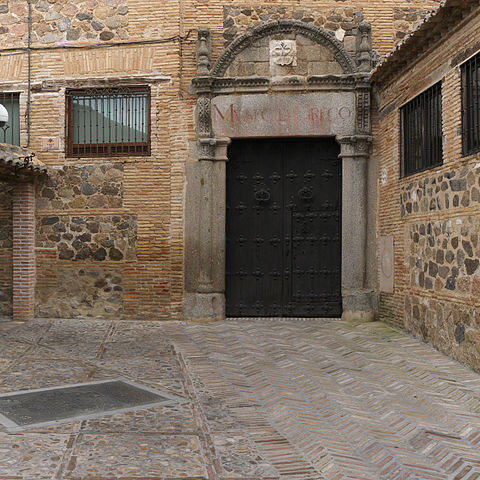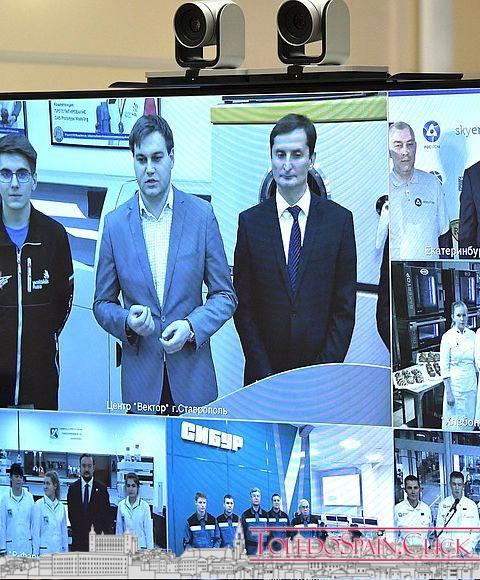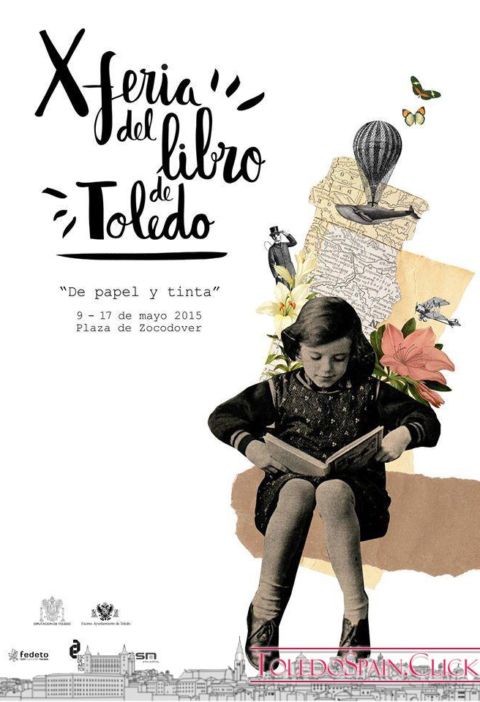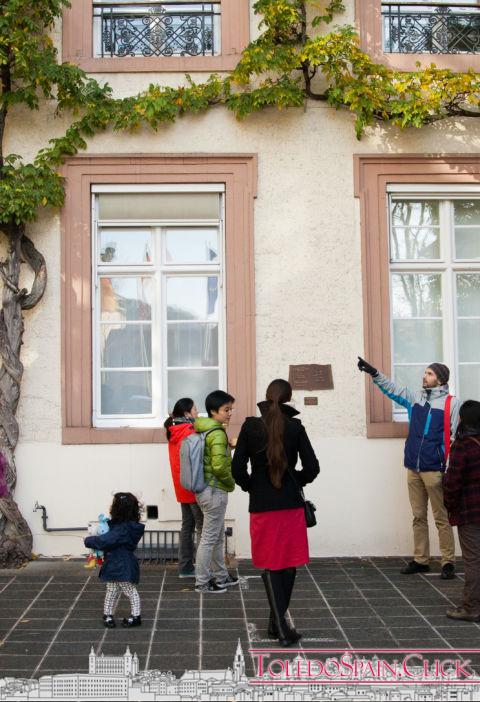The probable discovery of the remains of the ancient city of the Visigothic Kingdom of Toledo, the urbanization of the area in which they are located (Vega Baja) and the works in the subsoil Toledano again in the local press…
Two news items of great interest in Toledo’s rich heritage appear today in the Toledo press:
Toledo, capital of the Visigoth Kingdom
On the one hand, the archaeological work being carried out in the area of the “Vega Baja” seems to be expanding, and we are told that this area could hide, buried, the remains of the capital of the Visigoth Kingdom of the Iberian Peninsula.
{mosgoogle}This discovery, if it is true and is demonstrated by the work carried out there, would be of enormous importance in the interpretation of the situation of these buildings, intensely searched for in the subsoil of the interior of the old town of Toledo, where until now they were supposed to be located. The first archaeological investigations, very delimited in the area, would locate in this space houses, official buildings, and possibly “the remains of the praetorian palace”, in what has been denominated to have “greater importance than the discoveries made in the Visigoth city of Recópolis” (Guadalajara), the most important -to date- of all Europe.
The Ministry of Culture of Castilla-La Mancha has extended in six months more archaeological work in this controversial area of the city, as it weighs and are pending the construction of 1,300 houses that will surely “bury” as has happened on numerous occasions the remains that could be discovered there, whether or not of quality. Economic and urban interests pressure, but it is vital for the city of Toledo a discovery of this kind, in its very urban area, which could be a very important source of tourist income and the expansion of the numerous monumental offer already offered. Jesús Nicolás, Delegate of Culture of the Board for Toledo, avoids raising alarm among the population of Toledo in need of housing, before the possible discovery, stating that to date the discoveries made do not ensure that the Visigoth city is in the excavation area. The truth is that the archaeological work will continue until 15 March 2006, at the request of the Municipal Company “Vega Baja”, although for the time being, being realistic there are not enough discoveries to create an Archaeological Park in the area.
From these pages we trust in the good judgment of the regional and local councillors so that they do not give in to the urban pressures and investigate in depth the possible hidden remains still in the area.
Homes can be built in many places in the city, there is space, but Culturel heritage, and as important as the Visigoth, is not frequent in our lands. The use of these remains, if its importance is defined as “Archaeological Park” would bring the city of Toledo pingues benefits as added to the Culturel offer that day after day receives thousands of visits.
Find out more:
Archaeological Parks of Castilla-La Mancha
News in ABC Toledo edition (29/09/05)
More Roman remains in the Toledano subsoil
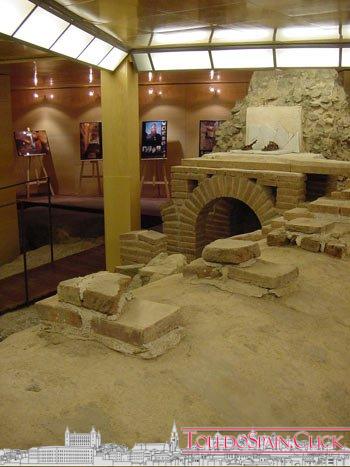
 On the other hand, it is also reported today in the press that the Mayor of Toledo has made a visit, accompanied by various media in the city, to the basements of the Toledo Treasury Department, where the Consortium is carrying out intense archaeological work. The one that until now was considered as one more part of the “Cueva de Hércules” (certainly any subterranean Toledo was associated with this cave) has been recognized as a possible “piscinae limariae” (decanter), with a hitherto unknown gallery about 20 meters long. These galleries could form part of the extensive water network that Rome built in Toledo.
On the other hand, it is also reported today in the press that the Mayor of Toledo has made a visit, accompanied by various media in the city, to the basements of the Toledo Treasury Department, where the Consortium is carrying out intense archaeological work. The one that until now was considered as one more part of the “Cueva de Hércules” (certainly any subterranean Toledo was associated with this cave) has been recognized as a possible “piscinae limariae” (decanter), with a hitherto unknown gallery about 20 meters long. These galleries could form part of the extensive water network that Rome built in Toledo.
This decanter would aim to clean impurities from water intended for human consumption and would have “a structure similar to the device that connects, in Rome, with the Baths of Agripa”. We recall that not too far from this structure are other Roman remains related to water and recently recovered by the Toledo Consortium.
ABC also reports in its pages that “both the gallery now discovered and the old construction have undergone all kinds of changes and reforms, a fire and was used as an anti-aircraft shelter during the Civil War until it was remodeled to house the headquarters of the Treasury.
Related Information:
Article about Toledo Romano.
News published in ABC edición Toledo.
Unknown heritage in Toledo.
Official website of the Toledo Consortium

